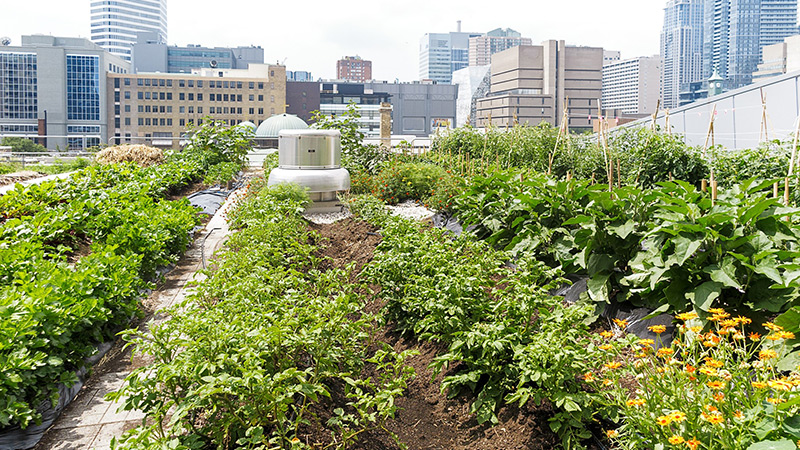6 Key Insights From The Generations Of Flowers Study

On May 16, GreenhouseGrower.com reported on the results of the new “Generations Of Flowers” study that tracked how and why consumers are buying flowers and plants. The study from the Society of American Florists (SAF) and the American Floral Endowment (AFE) was originally commissioned in 2009 to evaluate perceptions and purchasing/gift-giving behavior regarding flowers and plants among three key generations: Generation Y, Generation X, and Baby Boomers. This year, SAF and AFE worked in partnership to update the 2009 study.
On June 30, SAF worked with Russell Research to present a webinar addressing key findings and implications from the study. Speaker Marc Goulet at Russell offered six key insights from the study.
1. Flowers are widely valued across generations, and purchases are driven by a sensory and emotional connection.
• Three in four consumers have a high appreciation of flowers, according to the study. Of note, Generation Y’s appreciation increased significantly between 2009 and 2016.
• Color, sight, smell, and fragrance are big factors.
• Flowers provide a special emotional feeling for those who purchase them.
2. Gifting is the most common reason for floral purchases, and local is the most popular channel for buying. Supermarket purchases have dropped off in recent years.
• Half of consumers who purchase flowers buy them for a holiday or specific occasion
• Most consumers buy at local florists.
3. There is still a high number of people buying flowers for themselves, and in this buying segment, farmers’ market purchases are increasing.
• 40% of these consumers purchased flowers for home decoration.
• Local florists and supermarkets have a pretty equal share in this category.
4. There is currently a positive purchase trend for flowers. Consumers no longer see cost as a reason not to purchase flowers, and houseplant purchases are increasing.
• 18% of people are purchasing more frequently for themselves, and fewer people say they are buying less flowers.
• 34% say cost is a barrier, compared to 46% in 2009
• Quick shelf life remains the biggest barrier to flower purchases.
• Generation Y are buying more houseplants
5. Being local and offering expert recommendations are hidden opportunities for the floral industry.
6. In 2009, there were many generational differences in the study. These differences narrowed in the most recent study.
Goulet also presented some implications for the floral industry to consider:
• There have been considerable attitude and behavior improvements; of note, this does mirror overall consumer sentiments from 2009 to 2016.
• Friends/family and social media are the primary ways consumers like to learn more about flowers, which means florists who can create shareable experiences should do well.
• There are educational opportunities for local florists among people who don’t know enough about flowers.
• Flowers have surpassed jewelry as a popular gift among Generation X.
• Despite these positive indicators, florists still need to deliver on value.
• Florists who offer convenience through a web site, better delivery options, or other venues have an advantage.









